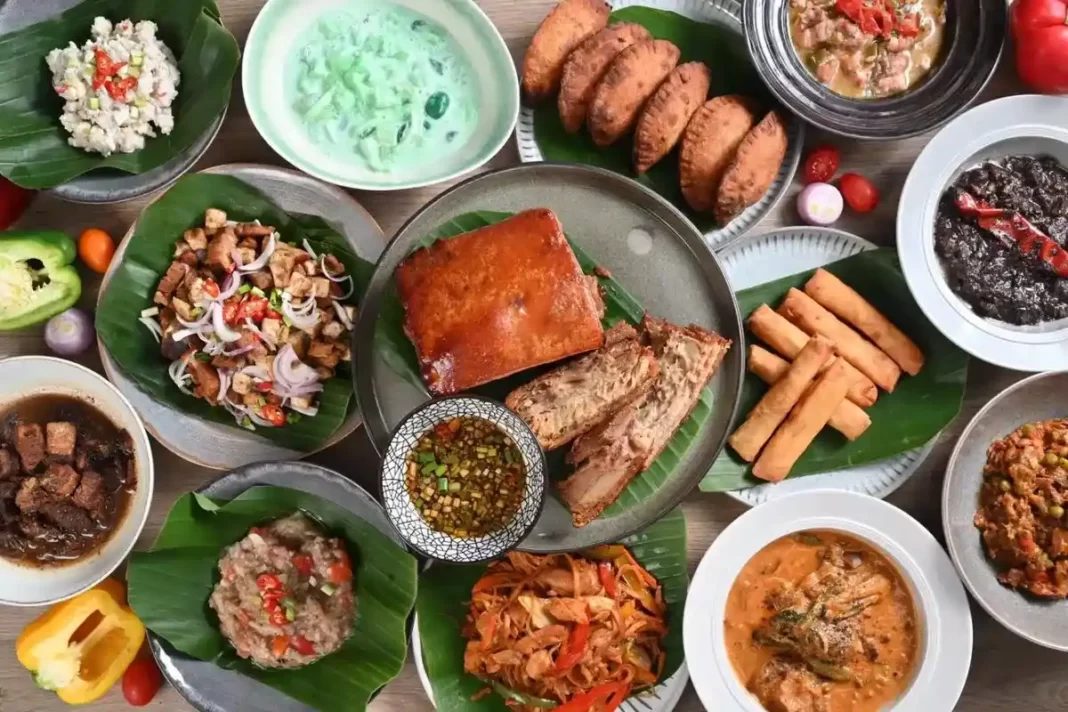Filipino cuisine is a unique blend of indigenous, Spanish, and Chinese influences resulting in a wide variety of dishes. Some of the best well-known dishes in Filipino food cuisine offer a distinctive taste and cooking method that represents the rich history and cultural heritage of the Philippines.
Here is a list of some popular Filipino dishes that tourists should try
Adobo
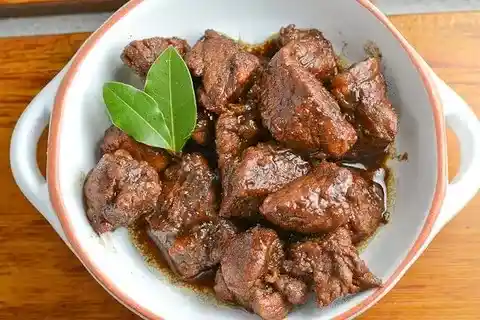
Adobo is a number one traditional dish in Filipino cuisine made by marinating meat in vinegar, soy sauce, garlic, bay leaves, and black peppercorns then simmering until tender. The origin of Filipino Adobo is thought to have been influenced by Spanish and Mexican cuisine as well as indigenous cooking methods.Lechon
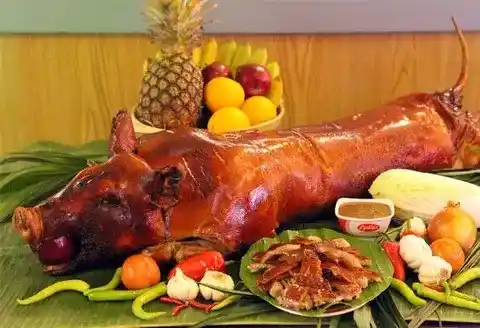
Lechon is a traditional Filipino dish that consists of a whole roasted pig that has been spiced and stuffed with aromatics before being slowly roasted over a spit. It is usually served at festivals including celebrations and is considered a national delicacy and the centerpiece of any feast in the Philippines.Sisig
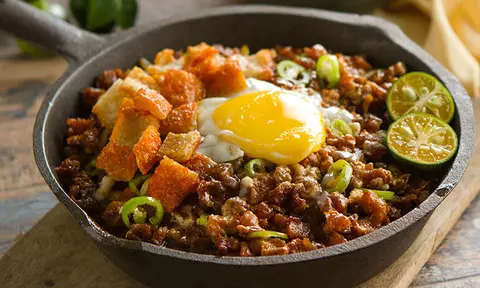
Sisig is another popular Filipino dish made from sizzling pork face, cheeks, and jowls, seasoned with a blend of chili, onions, and vinegar. It is traditionally served as a pulutan (appetizer) with rice but has since evolved into a main dish with variations including chicken and egg.Chicken Inasal

Chicken Inasal is a popular dish in the Philippines made by marinating chicken in a mixture of annatto, vinegar, lemon juice, garlic, and other spices then grilling it over hot coals until cooked through. It is commonly served with rice and dipping sauces and is characterized by its juicy smoky flavor and bright orange color.Pinakbet
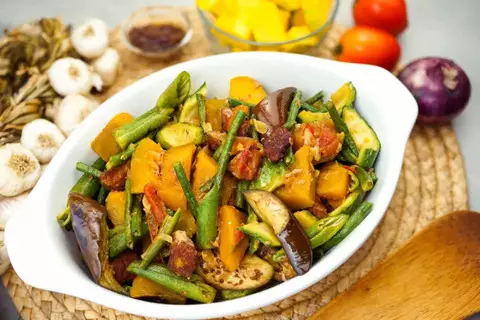
Pinakbet is a popular vegetable dish in the Philippines typically made by sautéing sliced onions, tomatoes, and garlic, then cooking a mixture of vegetables such as eggplant, bitter melon, okra, and string beans with bagoong (fermented fish paste) or shrimp paste. The dish is named after the Ilocano word “pinakbet,” which means “shrunk” or “shriveled,” referring to the reduction in the size of the ingredients during the cooking process.Lumpia
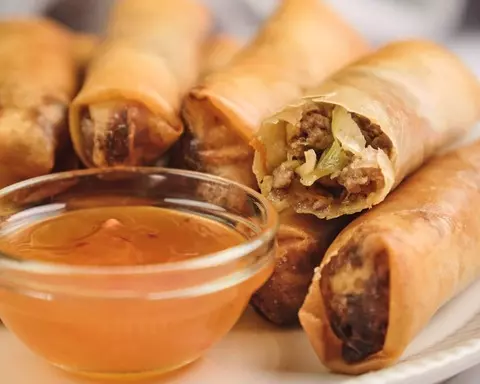
Lumpia is a Filipino spring roll filled with a mixture of meat and vegetables then deep-fried to crispy perfection. It is a popular street food and party snack and can be served with sweet and savory dipping sauces.Kare-Kare

Kare-Kare is a rich and flavorful Filipino stew made with meat (typically oxtail) and vegetables simmered in a peanut-based sauce with spices and annatto. It is commonly served with rice and bagoong (fermented fish paste) as a condiment and is a staple dish in Filipino cuisine.Tapsilog
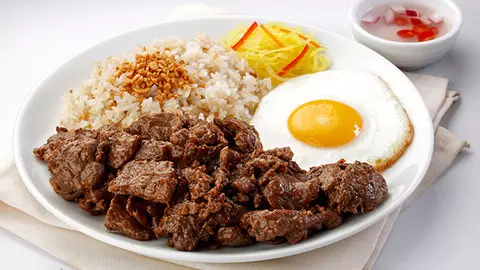
Tapsilog is a popular Filipino breakfast dish consisting of garlic fried rice with grilled beef (Tapa) and a fried egg (Itlog). The name Tapsilog is derived from the three main components of the dish and it is considered a quick and convenient meal for Filipinos in the rush.Pancit
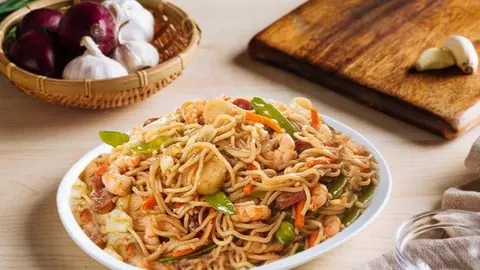
Pancit is another popular Filipino noodle dish made with a variety of noodles (rice, wheat, or glass noodles) stir-fried with vegetables, meat, and seasonings. It is believed to have originated from Chinese cuisine and is a staple in Filipino households often served at special occasions and celebrations as a symbol of long life and good fortune.Sinigang

Sinigang is a sour soup in Filipino cuisine made by simmering meat or seafood in a tamarind-based broth with vegetables and seasonings. It is a popular comfort food in the Philippines and is enjoyed for its savory flavor and the tenderness of the meat or seafood used in the dish.
Conclusion
With a wide range of dishes to try, from Adobo to Pancit tourists visiting the Philippines are in for a treat when it comes to exploring the local food. Whether you’re a fan of spicy flavors, sweet and tangy tastes, or hearty stews, you’re sure to find a dish to love in the world of Filipino cuisine. So why not dive in and discover the unique and delicious tastes of the Philippines for yourself?

